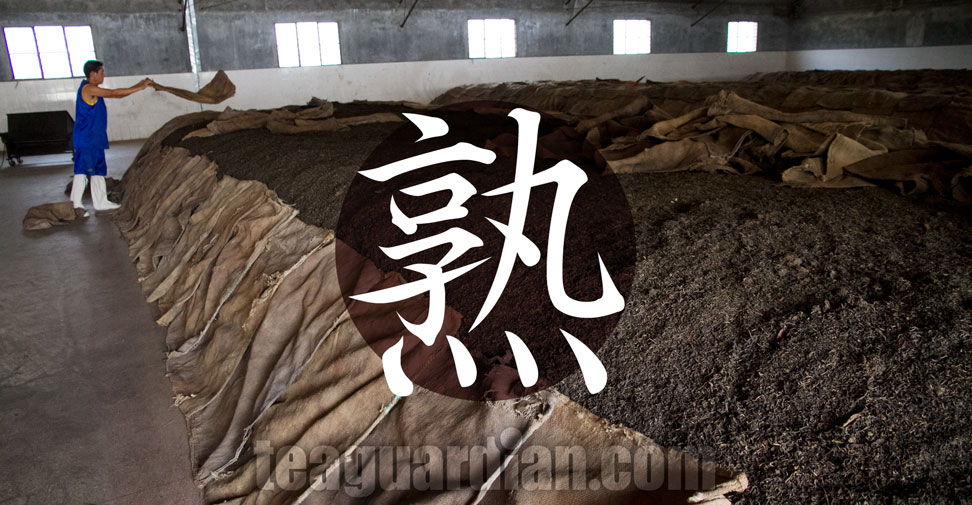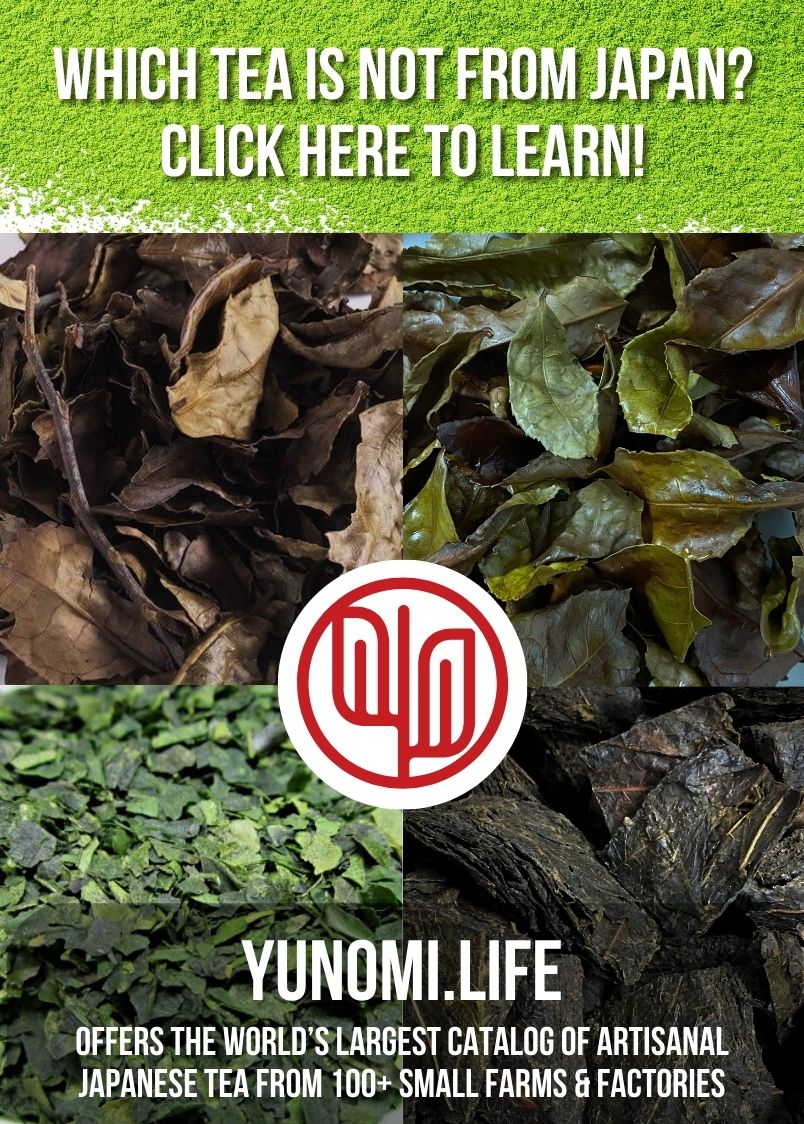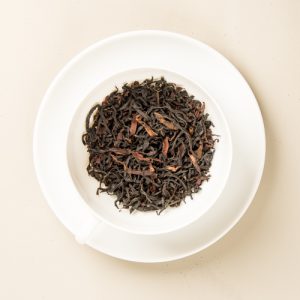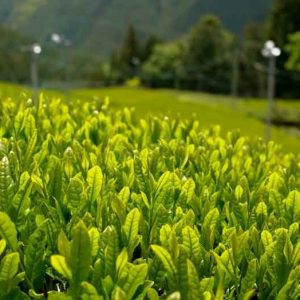Shou Cha or Shu Cha?

A worker covering a pile of tealeaves with hemp blankets to subject them to post fermentation for about 60 to 90 days. This is the piled post-fermentation method developed only in the recent half century for producing pu’er shu cha. Menghai, Yunnan
In the recent couple of decades, pu’er dark teas that are produced with the piled post-fermentation method have come to be known as “cooked” pu’er, a direct transliteration of the Chinese term “shu cha“.
Somehow, the proper romanisation has been replaced with the term “shou cha”. This article aims at clarifying this misuse.
As in English, sometimes words that spell the same do not sound the same in different usage, the same situation does happen in certain Chinese characters. This is the case of 熟 — shou / shu.
In its solitary form, the character can be “pronounced” as either shou or shu.
In daily use, when it appears after certain characters of the Chinese “qù” tone*, it sometimes is “shou”. Example:
飯煮熟了沒?
Fan zhu shou le mei? — Is the rice cooked yet?
However, in most usage cases it is “shu”. Example:
生米煮成熟飯
Sheng mi zhu cheng shu fan — The raw rice has become cooked rice ( an expression saying the conditions for a case have already developed into an irreversible state )
Younger people tend to ignore even the first usage habit and say shu in any phrase anyways. Some people whose mother tongues are not Mandarin Chinese may easily get confused and use shou and shu interchangeably.
To conclude, piled-post-fermented pu’er tea is shu cha, not shou cha.
When a tea is described as shou rather than shu, it sounds as if it is a tea that has gone stale.
For extended reference, check out the Chinese thesaurus of the Taiwan Ministry of Education:
http://dict.revised.moe.edu.tw/cgi-bin/cbdic/gsweb.cgi?ccd=Umebav&o=e0&sec=sec1&index=1
The term shu cha also appears in the following articles in this site
- “Raw” Puer or “Cooked” Puer?
- 3 Tea Recipes for the Festive Season
- Bouquet Style Phoenix Oolongs
- Bulang Shengcha Pu’er
- Bulang Shengcha Puer
- Caffeine Content of Various Teas in Water Extract
- Categorization of Teas
- Certified organic teas: does it matter?
- compressed tea pu’er bar
- From Shengcha to Shu Cha, a Microbial Change
- Gongfu Infusion: Chapter 2
- Green Tea Production: Sun-drying
- Infusion colour of a shu cha puer
- Is Pu’er Cha Bing an Investment Tool?
- Laos Shengcha
- Leo Kwan: How Tea Has Chosen Me
- Naming of a Tea
- New Developments in Using Tea Catechins to Fight Cancer
- On Names
- Oolongs: Phoenix Varieties
- Oolongs: Tasting & Buying Tips
- Oolongs: the Gran Cru of Teas
- Oolongs: Wuyi Varieties
- Organic Spring, Taiwan Wulong Green Tea
- Pu’er
- Pu’er shu cha discus
- Pu’er: Myth of Origin & Reality of Blending
- puer tea: raw vs cooked, and a look at the chemical change
- Puer, a Post-fermented Tea
- Renaissance of Dianhong Part 1: the War
- Renaissance of Dianhong Part 2: Competition
- Rougui, the Wuyi oolong before Shuixian
- Shiguping Wulong
- Shou Cha or Shu Cha?
- Shu Cha
- Song Cultivar Huangzhi Xiang Dancong
- Stallion in Gold, Tieguanyin Turns Red
- Streptomyces galaxy
- Tea Against the Cold
- Tea Etiquette for Lunar New Year
- Tea in the Thermos
- Tea Infusion Colour, Shengcha Pu’er vs Shu Cha Pu’er
- Tea List Gallery: Pu’er and other Dark Teas
- Teaware: The Incredible Chahai
- Traditional Oolong Production: A Showcase
- What are Compressed Teas?
- Wild tea tree leaves in Yunnan
- Worker covering a pile of pu’er tea for post-fermentation proces
- Worker covering a pile of tealeaves for undergoing post-fermenta
- Wuyi Meizhan
- Yancha Shuixian, Wuyi oolong
- Yancha Shuixian, Wuyi oolong
- Yixing teapot: Real use for really small ones?
- Zhu-cha, green tea










